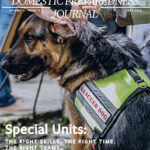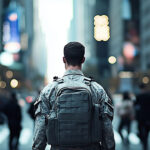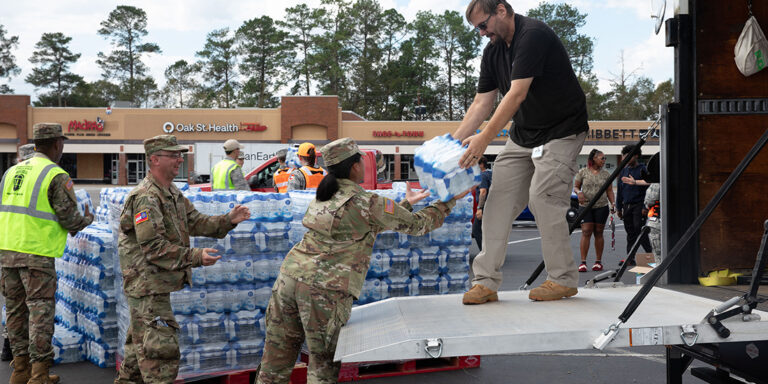
Archives

As disasters become more frequent, states face pressure to expand response capacity without raising costs. With stretched National Guard resources, limited federal support, and finite mutual aid, states have an overlooked resource: Title 32 State Defense Forces.

Public Order Policing Units in Disasters
June 18, 2025
Modern disasters highlight the critical need for effective crowd control and management, especially when people are deprived of essential resources. The role of specialized law enforcement units in managing crowds is vital to ensuring that disaster response efforts can reach and assist victims efficiently and peacefully.
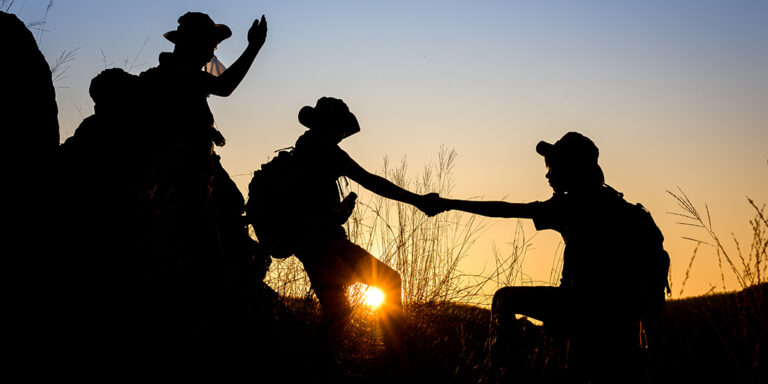
A Proven Path: Scouts and the Operational Value of Prepared Youth
June 4, 2025
Scouts have been trained to stay calm under pressure, take meaningful action in moments of uncertainty, and support others in times of crisis. Their role in emergency response should not be underestimated.
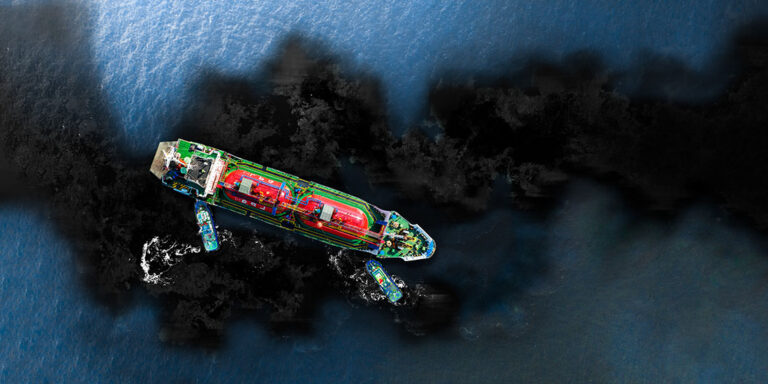
Psychosocial Hazards: Preventing Human-Caused Disasters
May 28, 2025
Some of the greatest human-caused disasters in modern history can be attributed to unaddressed psychosocial hazards. Flawed safety cultures contribute to tragic outcomes in which concerns are not taken seriously and dissent is stifled. Learn how to take precautions against a preventable disaster.
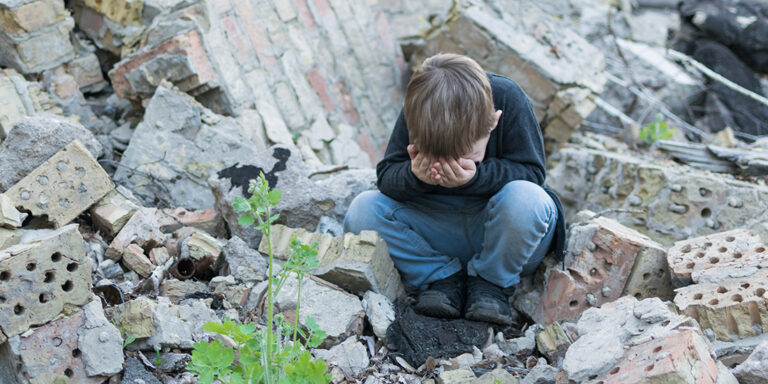
Meeting the Psychosocial Needs of Child Survivors
May 21, 2025
Without adequate support and resources, disasters can leave lasting psychological effects on children. In the United States, an estimated 14% of children experience a natural disaster during childhood. Providing psychosocial support is essential in helping them cope with these challenges, thereby building resilient communities.
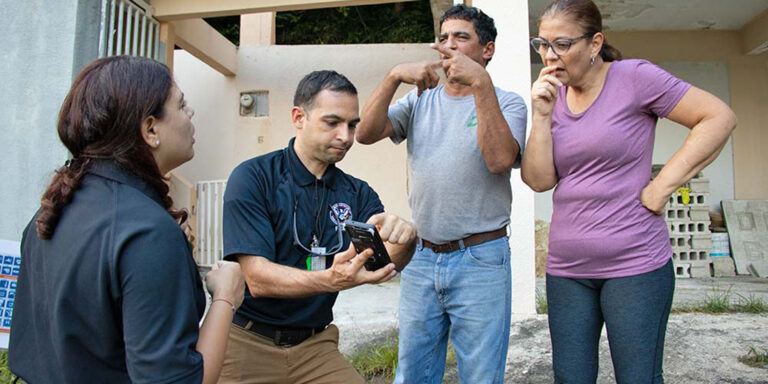
Not Lost in Translation: A Multilingual Corps Approach
May 14, 2025
Disaster survivors and responders often face psychological hazards like acute stress disorder, depression, and post-traumatic stress. These issues are worsened in multilingual communities, where language barriers hinder communication and delay aid. Effectively addressing these challenges goes beyond basic translation or ad hoc interpreting to address the whole community.
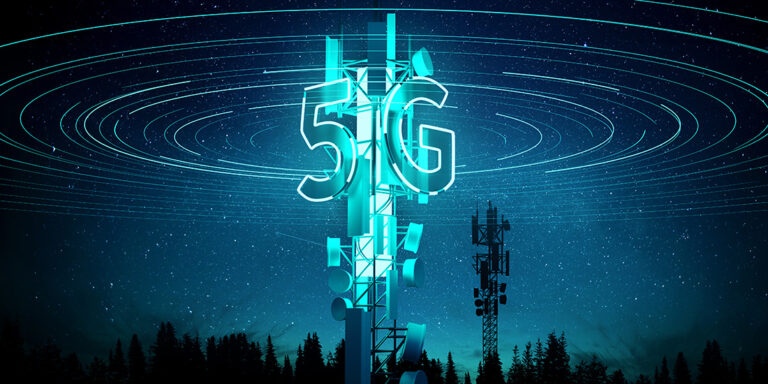
Connectivity: The Foundation of Disaster Response and Preparedness
April 30, 2025
In an era of increasingly frequent and severe weather events, the demands on first responders have never been greater. To navigate high-stakes, rapidly evolving situations, reliable connectivity and cutting-edge technology are essential. A fast, secure, and resilient communications network is the backbone of any effective disaster response.
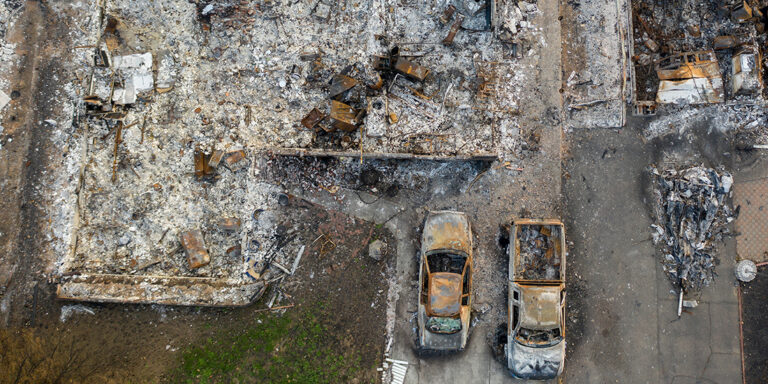
Emergency Alerts: The Missing Link
April 23, 2025
As satellite-to-cell technology grows more common, cell phone makers must move quickly to adopt it. This link can bridge emergency services and the public, no matter the disaster or condition of ground networks. Learn how real-time satellite communication saves lives by offering vital access for users and first responders.
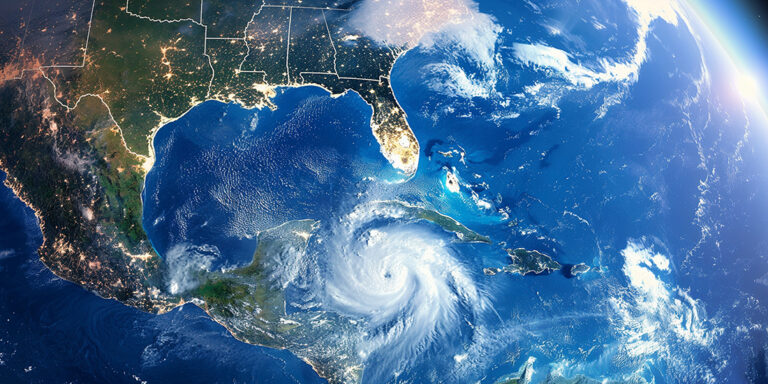
Emergency Management has Evolved: Why the All-Hazards Era is Over
February 26, 2025
While initially useful, the term “all hazards” no longer accurately describes the functions or mission of the emergency management discipline. The current generation of emergency management has moved beyond all hazards to become “hazard agnostic.”
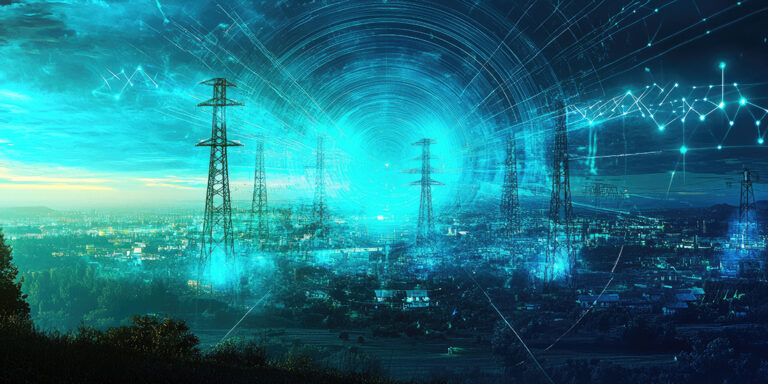
Imagining the U.S. Without Power: A Dual-World EMP Exercise
February 12, 2025
A dual-world tabletop exercise simulating an electromagnetic pulse event in Chicopee, Massachusetts, revealed startling discrepancies in outcomes between the city’s current preparedness and a moderate-preparedness simulation.


